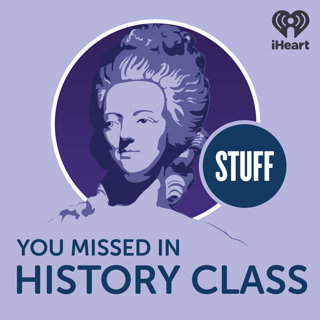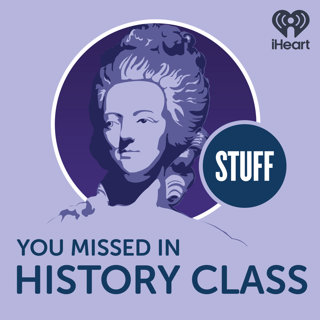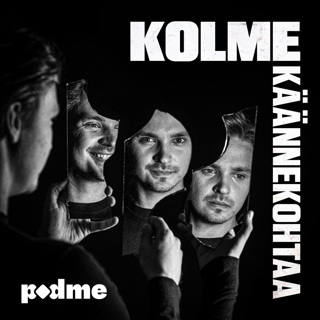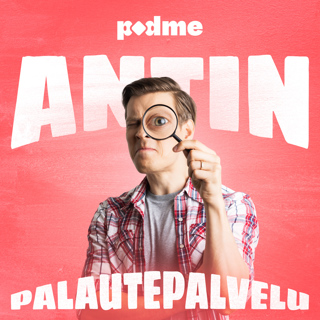
Did the ancient Greeks get their ideas from the Africans?
Known today as Egypt, Kemet is one of the longest-lived cultures in the world. The great Greek scholars studied at the Kemetic temple-universities, and based their learning on the Kemetic system. Check out our HowStuffWorks article to learn more. Learn more about your ad-choices at https://www.iheartpodcastnetwork.comSee omnystudio.com/listener for privacy information.
20 Elo 200810min

How the Great Train Robbery Worked
On the night of August 8, 1963, a gang of thieves stole bank notes worth the equivalent of $50 million. Take a look at our HowStuffWorks article to learn more about the fact and fiction surrounding the great train robbery. Learn more about your ad-choices at https://www.iheartpodcastnetwork.comSee omnystudio.com/listener for privacy information.
18 Elo 200811min

Vlad Tepes: Who was the real Count Dracula?
Vlad Tepes, a 15th-century Wallachian prince, was the notoriously blood-thirsty basis for Dracula, Bram Stoker's classic gothic horror character. Check out our HowStuffWorks article to learn more about Vlad Tepes. Learn more about your ad-choices at https://www.iheartpodcastnetwork.comSee omnystudio.com/listener for privacy information.
14 Elo 200810min

How the Donner Party Worked
While stranded in the Sierra Nevada mountains, members of the Donner Party resorted to cannibalism in an effort to survive the harsh winter of 1846. Learn more about the fact and fiction of the Donner Party legend in our HowStuffWorks article. Learn more about your ad-choices at https://www.iheartpodcastnetwork.comSee omnystudio.com/listener for privacy information.
12 Elo 200810min

How the Berlin Wall Worked
The Berlin Wall divided a country and a city, but it had a purpose. Learn more about its history and how JFK and Barack Obama fit into the picture in this podcast from HowStuffWorks.com. Learn more about your ad-choices at https://www.iheartpodcastnetwork.comSee omnystudio.com/listener for privacy information.
6 Elo 20088min

How the Seven Wonders of the Ancient World Work
On July 7, 2007, the new seven wonders of the world were chosen by more than 100 million voters. But whatever happened to the original seven? Take a look at our HowStuffWorks article, 'How the Seven Wonders of the Ancient World Work,' to learn more. Learn more about your ad-choices at https://www.iheartpodcastnetwork.comSee omnystudio.com/listener for privacy information.
4 Elo 20089min

What's Mutual Assured Destruction?
During the Cold War, both the U.S. and the U.S.S.R. stockpiled weapons, eventually holding enough power to destroy the world several times over. Yet neither side actually used these weapons. Learn more about M.A.D. in our article on HowStuffWorks. Learn more about your ad-choices at https://www.iheartpodcastnetwork.comSee omnystudio.com/listener for privacy information.
30 Heinä 20084min

Why was tax evasion the only thing pinned on Al Capone?
Al Capone was a king among criminals, and 'kept his hands clean,' maintaining plausible deniability by avoiding direct connections to illegal activity. He never paid taxes -- and this came back to haunt him. Learn more in our article on HowStuffWorks. Learn more about your ad-choices at https://www.iheartpodcastnetwork.comSee omnystudio.com/listener for privacy information.
28 Heinä 20084min






















